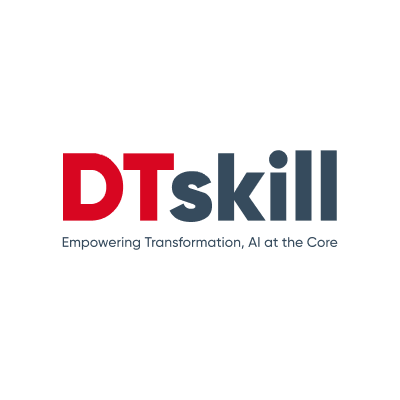Orchestration, a term primarily stemming from the world of music, refers to the harmonious integration of multiple instruments playing different notes to create symphonies. Similarly, in the digital world, orchestration relates to the coordination of multiple systems and services to create fluid workflows. But how do these systems know when to act? This is where the concept of Event-Driven Orchestration emerges.
Understanding Event-Driven Orchestration
Event-driven orchestration is a design pattern where specific actions or processes (orchestrations) are triggered by events. These events can be anything – from a user clicking a button on a website, a temperature sensor reaching a specific threshold, or a database update.
Key Components of Event-Driven Orchestration
Event Producers: These are the sources of events. For example, a website where users sign up might generate a “New User Registration” event.
Event Consumers: These are the entities that act upon receiving specific events. For instance, upon receiving the “New User Registration” event, an email system might send a welcome email.
Event Channels: The medium through which the events are transmitted from producers to consumers.
Benefits of Event-Driven Orchestration
Scalability: Since systems act only when events are triggered, resources are used optimally.
Real-Time Operations: Processes are initiated instantly when an event occurs, ensuring real-time response and action.
Flexibility: Easily add, remove, or modify components without overhauling the entire system.
Decoupling: Event producers and consumers are isolated, meaning changes in one component don’t necessarily impact the other.
Applications
IoT (Internet of Things): Devices can send events when specific conditions are met, triggering appropriate responses.
E-Commerce: Restocking, payment, shipment – all can be efficiently managed using event-driven orchestration.
Finance: Instantaneous processes like fraud detection can be implemented based on real-time transaction events.
The Future of Event-Driven Orchestration
With the rise of microservices, cloud-native applications, and real-time data processing needs, the prominence of event-driven orchestration is poised to grow even further. As businesses continue to evolve in the digital age, the orchestration based on events ensures they remain agile, efficient, and customer-centric.
Key Takeaways
- Event Driven Orchestration is the future of real-time, scalable, and flexible digital processes.
- It operates on the foundation of event producers, consumers, and channels.
- Real-Time Response, Scalability, and #Decoupling are among its key benefits.
- Its applications span across domains like IoT, e-commerce, and Finance.
- The integration of microservices and cloud-native apps will further bolster its relevance in the coming years.
With businesses vying for real-time, accurate, and efficient operations, the symphony of event-driven orchestration promises to be the maestro leading this charge.
